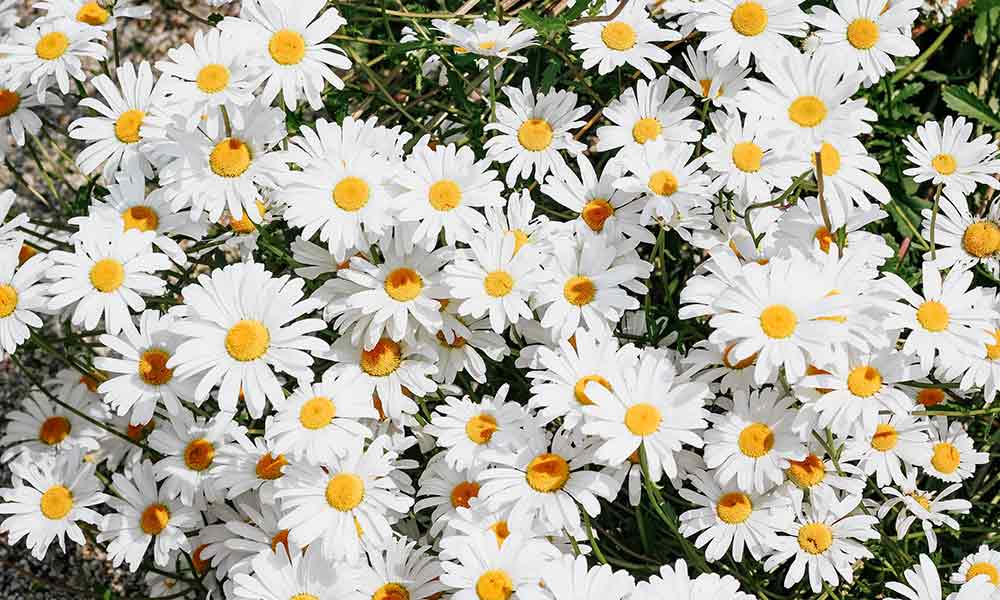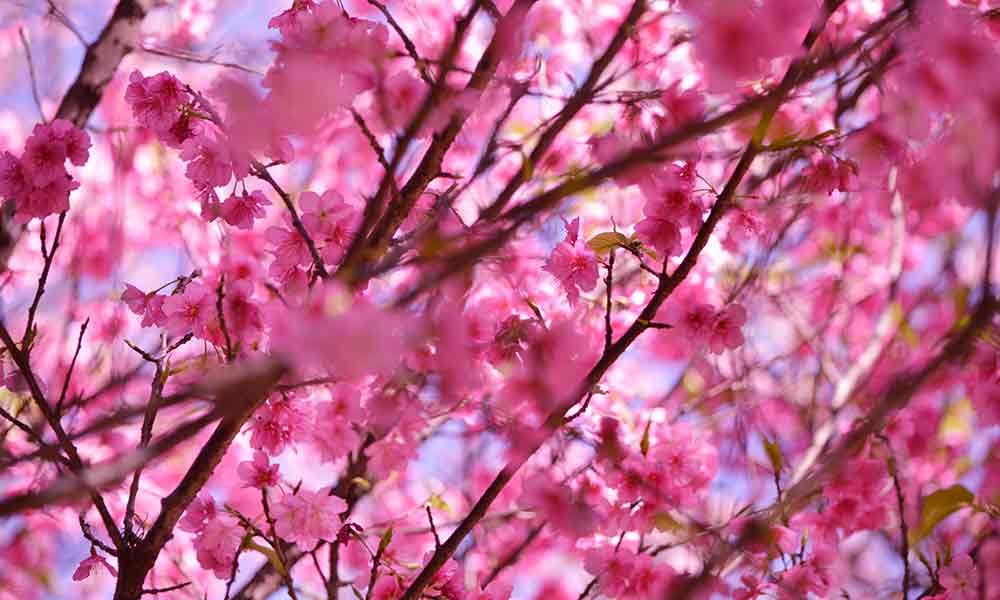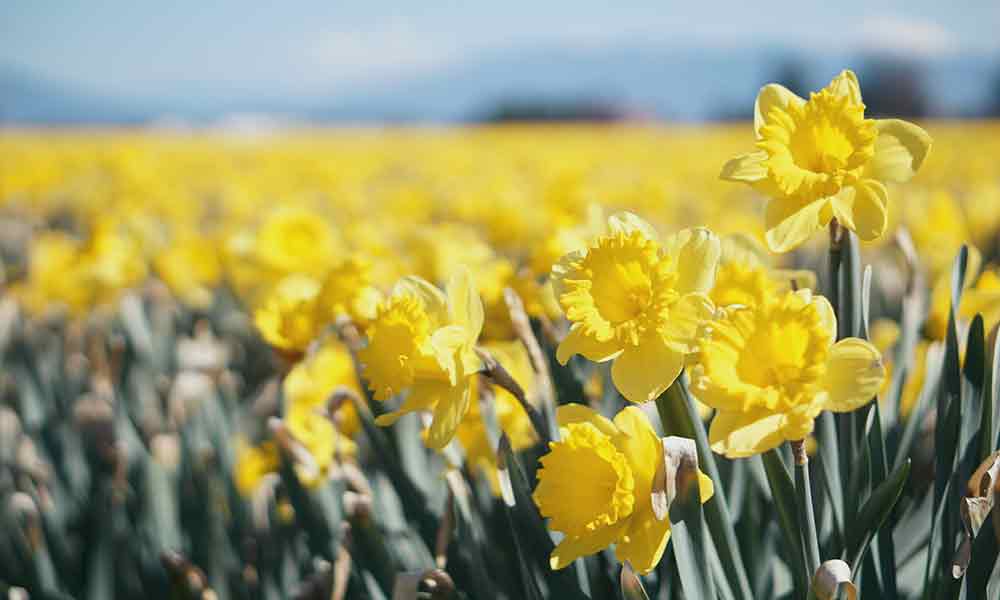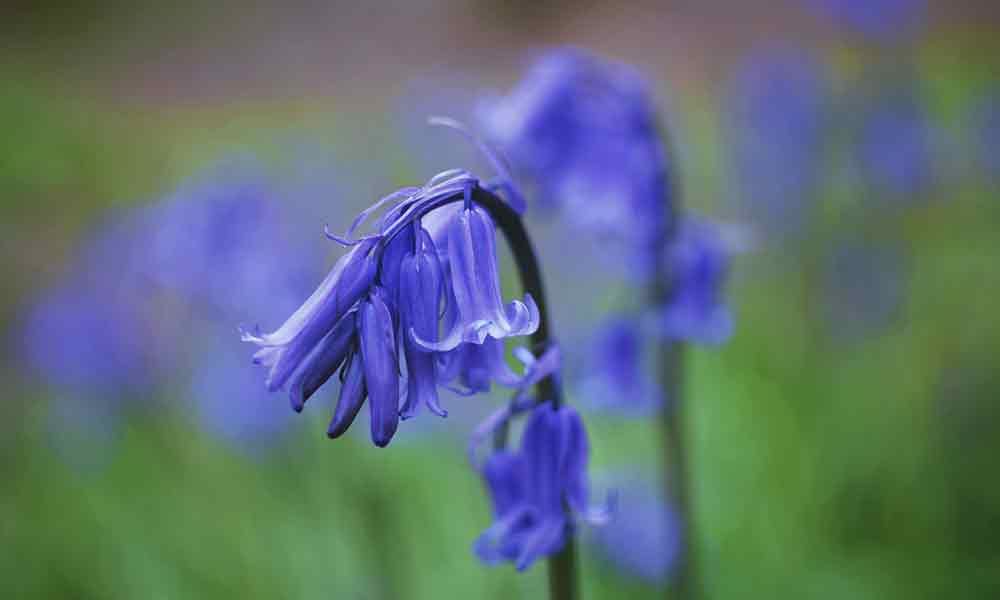Daisies are one of the most beautifully simplistic flowers that everyone knows. However, such a common nature has a larger significance that most people initially overlook. So, what is the larger meaning behind the daisy flower?
Daisy flowers represent purity, innocence, childbirth, virtue, and cheerfulness. This flower also symbolizes moments of transformation within your life and even a new beginning that will be more beneficial. Daisies have also become involved in various cultures around the world.
Merely looking at a daisy brings about a feeling of comfort and positivity. However, to further understand the true meanings of a daisy flower, we will look deeper into what it symbolizes and what part it plays in various cultures worldwide. We will also look at the historical moments of this petite little flower.
Various Meanings Of The Daisy Flower
It is no mystery that it is quite common to come into contact with dozens of daisy species and types within your lifetime. However, we doubt you would observe all of them as more than 12 000 different species exist.
Like certain names, the daisy flower represents purity, which connects an individual with superior morality and virtuousness—this meaning groups with another meaning that this flower holds: innocence. Cheerfulness is also connected to the daisy flower as the sun-looking center undoubtedly brings about a nostalgic feeling of a lovely sunny day.
Daisies represent childbirth, the beginning of new life, often a celebratory occasion. Speaking of new beginnings, that is, in fact, another meaning behind this tiny plant. The new beginnings that this flower tells of will benefit you as an individual. Finally, you are ready to ascend to new heights and possibly reach your goals.
Transformation is one of its most important representations as everyone goes through some transformation, whether short or long term. We need to be the strongest when one changes, so transformations also showcase strength and determination.
The Meaning Of Daisies In Different Mythologies
The meanings and symbolism behind this white-petaled flower could differentiate depending on where in the world you live. But interestingly, the daisy flower means different things in various mythologies – even the origin of how the daisy came to be in the first place.
The Daisy Flower In Roman Mythology
For the Romans, the meaning of the daisy flower became associated with Belides, a nymph constantly getting pursued by Vertumnus, the god of gardens and seasons. So, to get away from his sleazy attention, she decided to transform herself into a daisy to hide amongst gardens which then explains where the flower’s Latin name, Bellis, originates.
The Daisy Flower In Norse Mythology
During the Vikings period, the beloved goddess Freya gave the daisy its special meaning. As we had mentioned earlier, it represented motherhood and childbirth, and it also became associated with sensuality and fertility.
The Daisy Flower In Celtic Mythology
The Celts of ancient times had an intriguing answer to what the daisy flower symbolized. However, there came a bittersweet meaning behind this plant as they believed that when a child passed away (especially during childbirth), the gods would anoint their graves with daisies to comfort and cheer up the grieving parents.
The Daisy Flower In Christian Mythology
The daisy flower has become associated with the Virgin Mary within Christian literature for a long time. This idea is mainly the case because of certain meanings that we previously mentioned that match the description of Mary within the Bible. These meanings would be innocence, purity, and humility.
The Meaning Of The Daisy Flower Within Old English
The modern name for this flower that we all know today originally came from its Old English name, “day’s eye,” which became shortened to what we know it to be today.
The daisy flower got called this because it resembled an eye as it shut for nighttime and opened up again when the morning came; hence the saying “fresh as a daisy” came about, describing someone feeling bright and chirpy in the morning hours.
Daises were also often used within bouquet assortments to add additional rays of colors and joy into a room or situation. For the longest time, daisies have maintained being one of the most popular flowers worldwide, which is no small achievement considering the massive popularity of cut flowers internationally.
Daisy Being Used In Literature
The daisy flower has gotten used in new and old works of literature, even slang, and colloquial terms. For example, in the 1800s, people often used the phrase “up-a-daisy” to encourage children to get up after falling. Unfortunately, this saying eventually transformed into “whoops-a-daisy” or “oopsy daisy,” used upon someone making a mistake.
During this similar period, “daisy” was also implemented into English slang, expressing something excellent or appealing. This meaning initially appeared in the 1993 Doc Holliday film Tombstone, in which he inputs phrases such as, “You’re no daisy. No daisy at all.”
The meaning of the daisy flower has also inspired famous authors and poets throughout the centuries. One such writer is the renowned Shakespeare as he used a daisy chain in his well-known play Hamlet to symbolize Ophelia’s innocence. Wordsworth also utilized the daisy’s meaning in his popular poem “To The Daisy.”
Medicinal Properties Of The Daisy Flower
Not only can this flower be eaten, as it gets commonly used in salads, but it has also shown numerous medical properties. One example of its medicinal properties is that wild daisy tea gets used to cure coughs, bronchitis, inflammation, and various others. In addition, wild daisies have become known to apply to the skin to treat wounds and diseases.
Conclusion
Like its physical image, with its bright white petals and charming yellow-like center, its meanings and symbolism have just as much brightness. Even the color white becomes labeled as a symbol of purity which explains certain meanings connected to the daisy flower, such as innocence, chastity, and purity.
The yellow color in the center represents cheerfulness and childbirth, while some of the other meanings have a more in-depth perspective, such as transformation and new beginnings. So, as petite as the flower may be, it holds some hefty meanings and symbolism.




